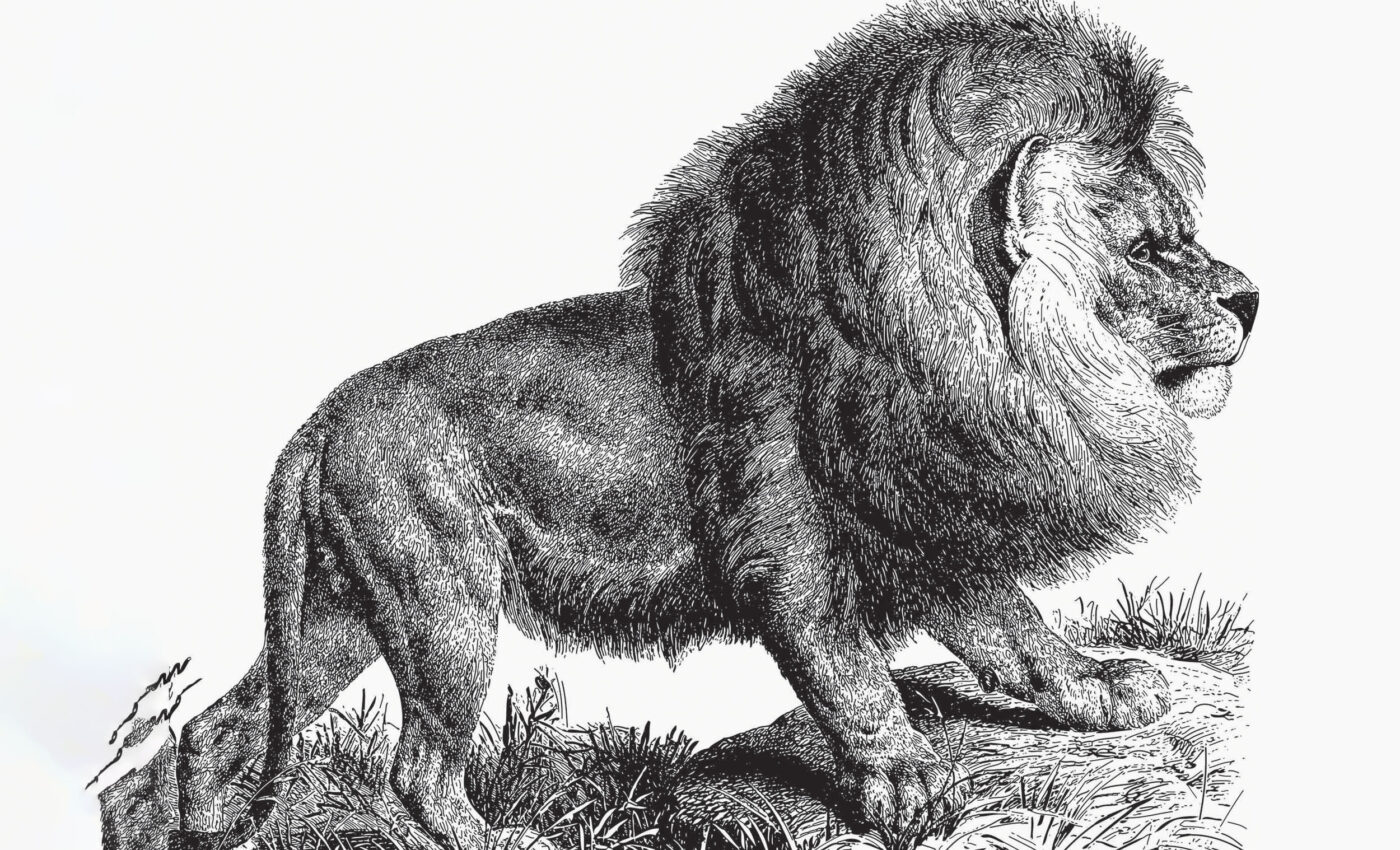
'Cape lions' had an extremely rich variety of genes before extinction
The Cape lion: a majestic predator vanished in the blink of an eye. Within a mere two centuries of European arrival, these magnificent beasts were ruthlessly hunted to extinction. Yet, their story might not have ended there. Could their legacy still echo within the genes of other lions, hidden in plain sight?
Scientists from the University of Illinois Urbana-Champaign decided to find out. Harnessing the power of genomics, they looked deep into the past, searching for answers. Were Cape lions truly a unique subspecies, forever lost to history?
The results were astonishing. While endangered populations typically lose genetic diversity as they approach extinction, leading to inbreeding, the Cape lion defied expectations.
Conflicting Cape lion descriptions
European naturalists might have seen the black mane as a defining feature. However, for those living alongside Cape lions, their story included a broader spectrum of looks.
“What’s interesting is that the scientific name of the Cape lion, Panthera leo melanochaitus, literally means black mane, but this description was based on a single specimen,” noted Julian Kerbis Peterhans, an emeritus professor at Roosevelt University.
But did all Cape lions share this trait? Indigenous accounts paint a different picture, describing lions with a range of mane colors.
DNA of extinct Cape lions
The researchers focused on two well-preserved Cape lion skulls housed at the Field Museum, originally displayed in taxidermy mounts back in the 1800s.
“Unlike most other Cape Lion specimens around the world, these specimens had a traceable history and geographic collection location, so they had a pedigree,” explained Thomas Gnoske, a Field Museum biologist.
The team meticulously extracted DNA from these skulls and compared it to a wealth of genetic data from 118 other lions across 13 African countries.
Genetic diversity in extinct Cape lions
“One of the most surprising things was that we found such high genetic diversity in the Cape lion population,” said Alida de Flamingh, postdoctoral researcher and first-author of the study.
Even though the skulls came from the same region, they showed different DNA lineages and varied nuclear genomes. This reveals that the Cape region once held a remarkably diverse lion population.
The findings become even more intriguing. Despite hunters pushing Cape lions to the brink of extinction, their genomes showed no typical signs of inbreeding or the diversity loss often seen in small, endangered populations.
This was unexpected. “Contemporary species that are critically endangered and at high risk of extinction, such as the rhino or black-footed ferret, often have really small effective population sizes, which leads to inbreeding and lack of heterozygosity,” explained de Flamingh.
“The Cape lions didn’t have any of those genomic signatures. What this means is that the Cape lions were hunted so rapidly that their genomes didn’t have time to accumulate the signatures of long-term small population size.”
Challenging old views
“The information we gained from the genomic data and analysis didn’t fit what was thought about Cape lions based on colonial descriptions,” said Ripan Malhi, Professor of Anthropology.
“This study is good example showing that identifying type specimens using information from people who are not originally from that area can result in ignoring diversity in a population that is important for understanding evolution.”
The Cape lion’s extinction story is a stark reminder: even a genetically robust population with high diversity can vanish with shocking speed. The lack of inbreeding in these lions, despite their near extinction, underscores the critical role of genetic diversity in a species’ survival.
This emphasizes the urgent need to protect current endangered species and maintain their genetic health to prevent a similar fate.
How you can support lion conservation
The Cape lion’s extinction story offers a valuable lesson for conservation today. It highlights the importance of large, interconnected protected areas to maintain healthy lion populations.
Here’s how you can become part of the effort to protect lions and their habitats:
Adopt a lion
Many conservation organizations offer symbolic adoption programs. Your support can fund vital research, anti-poaching efforts, and habitat restoration.
Support local
Purchase products from companies and organizations that back lion conservation. Your consumer choices can drive change and support communities living alongside these big cats.
Become a citizen scientist
Participate in wildlife monitoring programs. Your observations can help track lion movements, monitor populations, and even identify threats.
Educate and advocate
Spread awareness about the challenges facing lions and other wildlife. Education can inspire action, and advocating for policy changes can protect critical habitats.
Volunteer
Offer your time to conservation projects or zoos involved in education and preservation of wildlife. Hands-on involvement makes a tangible difference.
By engaging with conservation efforts, you can help ensure that lions continue to roam the wild. Together, we can turn the lessons learned from the Cape lion into a brighter future for all species sharing our planet.
The study is published in the Journal of Heredity.
—–
Like what you read? Subscribe to our newsletter for engaging articles, exclusive content, and the latest updates.
Check us out on EarthSnap, a free app brought to you by Eric Ralls and Earth.com.
—–













